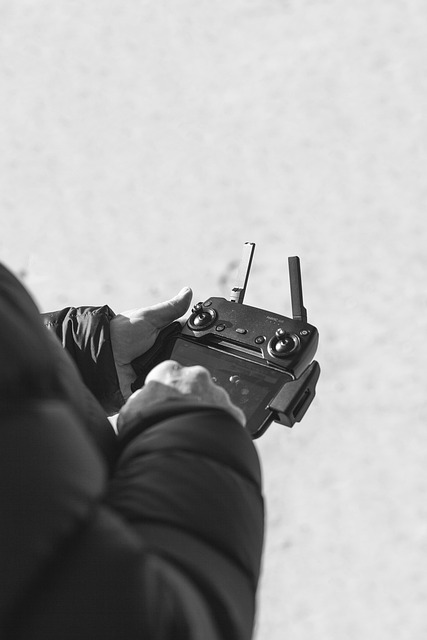Raccoon infestations in your Lakewood attic can be identified through unusual noises, footprints, discarded food items, and strong odors. To address this, seal entry points, maintain cleanliness, use noise deterrents, and contact professionals for removal. After removal, clean the area thoroughly, seal entry points permanently, and schedule regular maintenance to prevent future infestations.
Are you tired of unexpected visitors in your Lakewood home, specifically raccoons in your attic? Recognizing their presence early is key. This article guides you through identifying signs of a raccoon infestation, providing effective wildlife control strategies for removal, and offering post-removal tips to secure your space. Learn how to navigate the process of attic restoration and prevention, ensuring a peaceful home environment free from these nocturnal intruders.
- Recognizing Nocturnal Animal Presence: The Signs of a Raccoon Infestation
- Effective Wildlife Control: Strategies for Nocturnal Animal Removal
- Attic Restoration and Prevention: Post-Removal Steps to Secure Your Space
Recognizing Nocturnal Animal Presence: The Signs of a Raccoon Infestation

Recognizing the presence of nocturnal animals, such as raccoons, is crucial for effective wildlife control. In the case of a raccoon infestation in your Lakewood attic, understanding the signs can help you identify and address the issue promptly. One of the most obvious indicators is unusual noise coming from above—raccoons are known to be quite noisy, especially during mating seasons or when they’ve made your attic their home. Scratching and scrabbling sounds may echo through your walls, indicating their activity.
Additionally, inspect your attic for visible signs like footprints in dust or debris, disturbed insulation, or even small holes chewed into the ceiling. Raccoons leave behind evidence of their presence, including discarded food items, grease marks on surfaces, and strong odors. If you notice any of these signs, it’s essential to contact professionals who specialize in nocturnal animal removal to ensure a safe and humanely handled resolution for both you and the animals.
Effective Wildlife Control: Strategies for Nocturnal Animal Removal

Effective wildlife control requires a strategic approach, especially when dealing with nocturnal animals like raccoons that are active during the night. If you’re noticing signs of a raccoon infestation in your Lakewood attic, it’s crucial to act swiftly and efficiently. One effective strategy is to inspect your property for any entry points, as raccoons can gain access through small openings, vents, or damaged gutters. Sealing these areas with appropriate materials can significantly deter them from entering your home.
Additionally, maintaining a clean environment around your property, especially eliminating sources of food and water, can make your space less appealing to raccoons. Timely waste management and ensuring all trash cans are secure can go a long way in preventing nocturnal animal removal issues. Professional wildlife control services also recommend using noise deterrents and motion-activated lights, which can startle and scare off these critters, making them less likely to return.
Attic Restoration and Prevention: Post-Removal Steps to Secure Your Space

After successfully removing a nocturnal animal, such as a raccoon, from your Lakewood attic, it’s crucial to take immediate steps for attic restoration and prevention. The first order of business is to thoroughly clean and disinfect the affected area to eliminate any traces of the animal’s presence. This involves removing contaminated materials like insulation, wood shavings, or even droppings, which can harbor bacteria and parasites. Professional cleaning services specializing in wildlife removal can ensure the safety of your family and pets by using eco-friendly products that effectively kill pathogens.
To prevent future infestations, it’s essential to seal any entry points used by the animal. Inspect your attic for any cracks, gaps, or holes that might serve as access points and secure them with metal screens or weatherproof materials. Additionally, ensure your roof and gutters are in good condition, as these can also provide easy access for nocturnal animals. Regular maintenance and timely repairs can significantly reduce the risk of future animal invasions, giving you peace of mind and a safe living space.
When addressing a potential raccoon infestation in your Lakewood attic, recognizing the signs early is key. Understanding these indications and employing effective wildlife control strategies are essential for successful nocturnal animal removal. By following the outlined steps, including attic restoration and prevention measures after the process, you can secure your space and prevent future intrusions. Remember, prompt action is crucial to maintain a safe and comfortable living environment.
